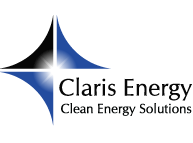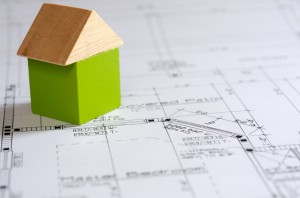Energy efficient improvement tax credits provide a wonderful stimulus for the execution of sustainability projects. The 45L incentive used to be one such amazing opportunity. This energy efficient building tax credit, however, has expired. The fact makes many people wonder whether they can still claim the credit for projects executed prior to its expiration.
What’s the 45L Energy Tax Incentive?
The energy efficient home credit known as 45L incentive offers an amount of up to 2,000 dollars per building to the developer responsible for a sustainability improvement. The heating and cooling energy consumption of such dwellings should be significantly lower than the national average standard for the credit to be obtained.
Current energy efficiency codes have evolved, which is why many companies meet the requirements without having to put a lot of hard work in sustainable improvements. The rehabilitation of existing residential buildings provides additional chances for claiming the tax incentive.
All construction and rehabilitation work on the project should have been completed before the start of 2014. December 31 2013 marks the expiration of the 45L incentive.
Qualification Requirements
Residential buildings must be three stories above grade or less for the project to be eligible for this kind of funding. The types of energy efficient features that the building should have include:
- Wall and roof insulation, the use of reflective roofing materials
- Double or triple pane windows
- Insulated doors
- Extra-isolated foundation
- Gas furnaces having efficiency of 80 percent plus
- Energy efficient air conditioning systems.
Contractors are eligible for the 45L incentive in the year during which the dwelling was either leased or sold. If a person hired contractors for the execution of such projects, that person is the entity eligible for the 45L incentive.
Can You Still Claim the Energy Efficiency Tax Incentive?
Projects executed in 2014 cannot qualify for the energy efficiency tax credit but how about contractors that haven’t made a claim already? Is it possible to benefit from the opportunity for projects executed during the specified program time frame?
The tax credit expired for the first time in 2011 but it was extended to cover the period until the end of 2013. It impacts all housing projects completed in the period from 2011 to 2013. If a contractor has not claimed the tax credit in the past, it’s possible to claim the 45L incentive right now. A contractor will simply have to file an amended tax return.
Retroactive claiming of the tax credit is possible, so it’s a good idea to figure out whether a project completed between 2011 and 2013 meets all of the qualification criteria.
All homes have to be certified by a third party for the tax credit to be claimed. The third party will be responsible for verifying in writing that the dwellings under consideration have heating and cooling consumption that is 50 percent lower than the average for a comparable residential unit.
It’s possible to still benefit from an energy efficient residential or rehabilitation project that you have executed in the past. More information about the credit and its specifications is available at the IRS website.
Steve Nanos
Latest posts by Steve Nanos (see all)
- LED Lighting – A Great EPAct 179D Qualification Possibility - February 3, 2015
- 45L Credit Requirements for Begun Constructions - January 29, 2015
- Can Section 179D Incentives Help Businesses Save a Lot of Money? - January 27, 2015

 609.275.8484
609.275.8484
